Now that The Rings of Power is going back a few thousand years before the events of The Lord of the Rings, will it finally paint us a full picture for the history of Middle-earth? After all, The Return of the King ends with Sauron’s defeat and Aragorn’s coronation. There can’t be any more to this tale than the half-remembered years of the Fourth Age in the last book’s appendices, right?
That would be true if it weren’t for the Second Prophecy of Mandos, giving a rather detailed account of Dagor Dagorath, Sindarin for “Battle of All Battles,” and otherwise known as the Last Battle, which is essentially J.R.R. Tolkien’s equivalent of the end times.
Here’s everything we know about Dagor Dagorath and what Tolkien intended for the future of his fictional universe.
Dagor Dagorath or the Last Battle
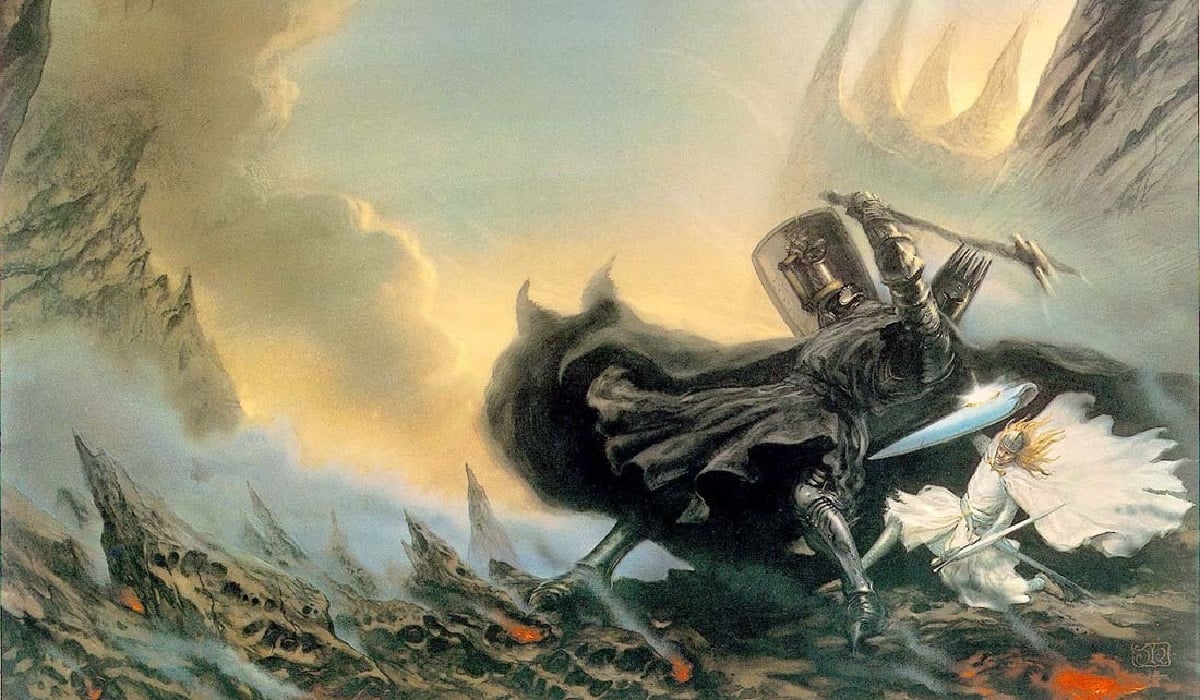
At its core, The Lord of the Rings has always been a mythology, and J.R.R. Tolkien’s attempt at creating a secondary world self-professedly traces back to his desire to give England a literary lore of its own. As far as the linguistics professor saw it, Britain lacked a coherent mythos, and the legend of Arthur and his court of Camelot was too disparate in creative input to be adequately English.
Added to the fact that Tolkien wanted his invented languages to have a history behind them, the author began working on a legendarium that would ultimately pave the path to The Hobbit and The Lord of the Rings. As is the case with every mythology, Middle-earth also has its take on the end of time—the apocalypse— that bears many similarities to the Biblical Armageddon or the Nordic legend of Ragnarok.
We all know about Ainulindale, the song of creation, and the world of Arda, on which Middle-earth is situated. We know how Melkor, the greatest of the creator’s angels, rebelled against his kin and became an embodiment of all evil in the universe. We know about the struggles of the Valar and the Eldar against the Black Foe that lasted many thousands of years and changed the very face of the Earth. And we know how the armies of the light ultimately succeeded in defeating Melkor and banishing him into the Void through the Door of Night.
In the centuries and millenniums to come, Sauron, Morgoth’s greatest lieutenant, would continue to haunt Middle-earth and struggle to cast the world into a second period of darkness and peril. The elves and men would thwart his every attempt, the last of which involved the One Ring and its destruction at the hands of a hobbit from the Shire.
This devastating failure ends Sauron’s reign of terror in Middle-earth. With Aragorn being crowned king of Gondor and Arnor, the world enters a new era of peace and prosperity, marked by the beginning of the Fourth Age. According to Tolkien, Aragorn ultimately embraces death, and his wife Arwen follows him, leaving Eldarion, their son, to rule over Middle-earth. With the passing of the Fellowship to the Undying Lands, the official history of Arda comes to a close, but according to Tolkien, the fate of the world will be decided much later on, in an event known as the Dagor Dagorath.
At the end of time, Morgoth will use the weakening of the old powers and Earendil’s lapse to escape his prison of the Void and break down the Door of Night. He will then gather all the dark forces to him, and there will be a great battle that leaves the entire world in ruin. At the end of it, the hosts of the light manage to kill Melkor once and for all, but at a cost to Ainulindale itself. This isn’t the end of creation, however, as Eru will then usher in a melody that heralds the Second Music of the Ainur, only this time, the elves and men will accompany the angels in composing it.
Here’s a full account of Dagor Dagorath according to the 1937 manuscript of Quenta Silmarillion.
“Thus spoke Mandos in prophecy, when the Valar sat in judgement in Valinor and the rumour of his word was whispered among all the Elves of the West. When the world is old and the Powers have grown weary, Morgoth, the Black Foe of the World, seeing that the guard sleepeth, shall come back through the Door of the Night out of the Timeless Void; and all shall be darkness, for the sun he will turn to black, and the moon will no longer shed his light.. But the Host of Valinor shall descend upon him as a searing flame, white and terrible. Then shall the Last Battle be gathered on the fields of Valinor. In that day, Tulkas shall strive with Morgoth, and on his right hand shall be Eönwë, and on his left Túrin Turambar, son of Húrin, returning from the Doom of Men at the ending of the world; and the black sword of Túrin shall deal unto Morgoth his death and final end; and so shall the Children of Húrin and all fallen Men be avenged.”
It is rather poetic in the deepest sense that it is Túrin, a mere man whom Morgoth scorns, that kills the Dark Lord once and for all. As for what comes next,
“Thereafter shall the Earth be broken and remade, and the Silmarils shall be recovered out of Air and Earth and Sea; for Fëanor shall surrender them willingly. Yavanna will rekindle the Two Trees, and a great light shall come forth. And the mountains of Valinor shall be leveled, so that the light shall go out over all the world.”
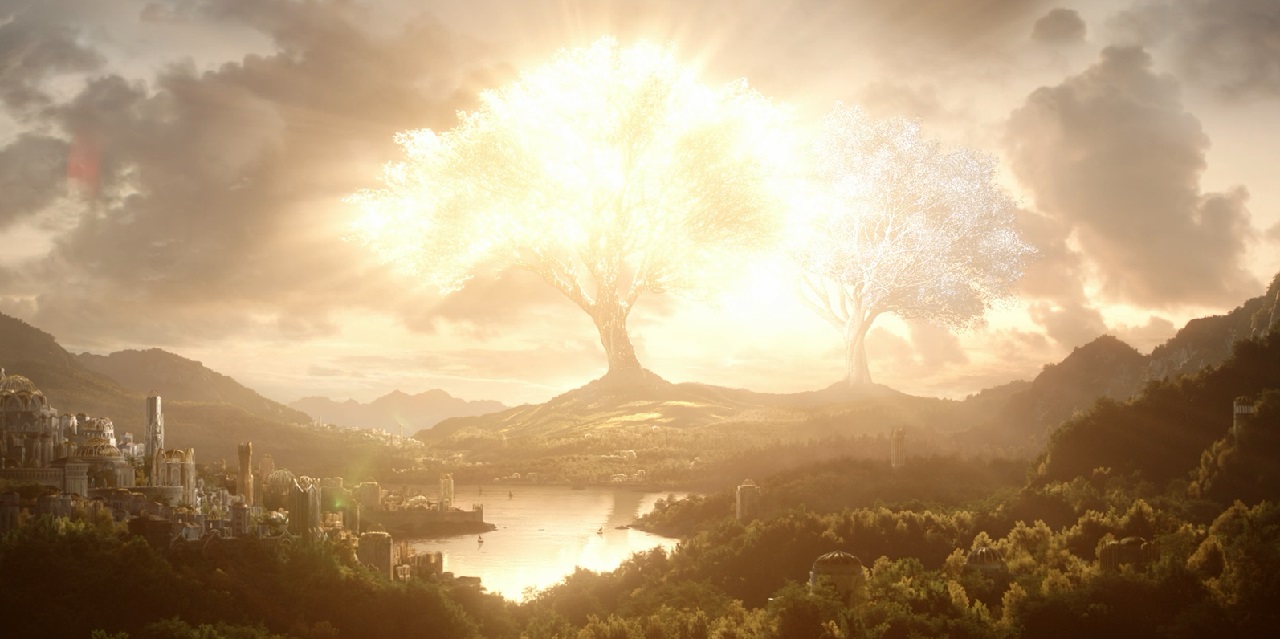
While Christopher Tolkien omitted the Second Prophecy of Mandos from his published edition of The Silmarillion, almost every draft of the mythology includes the Dagor Dagorath, even alluding to it in several passages throughout the book as the Last Battle or the Day of Doom.
While it doesn’t detail whether other characters from the history of Middle-earth will be resurrected and present on that fateful day, the implication is that Dagor Dagorath will be the greatest of all battles ever fought in Arda. It will be a struggle that not only destroys the world, but also the song of creation itself.
That will not be the end, however, as Eru Iluvatar will encourage his children to compose a new song altogether, one that will be more grand than the first.

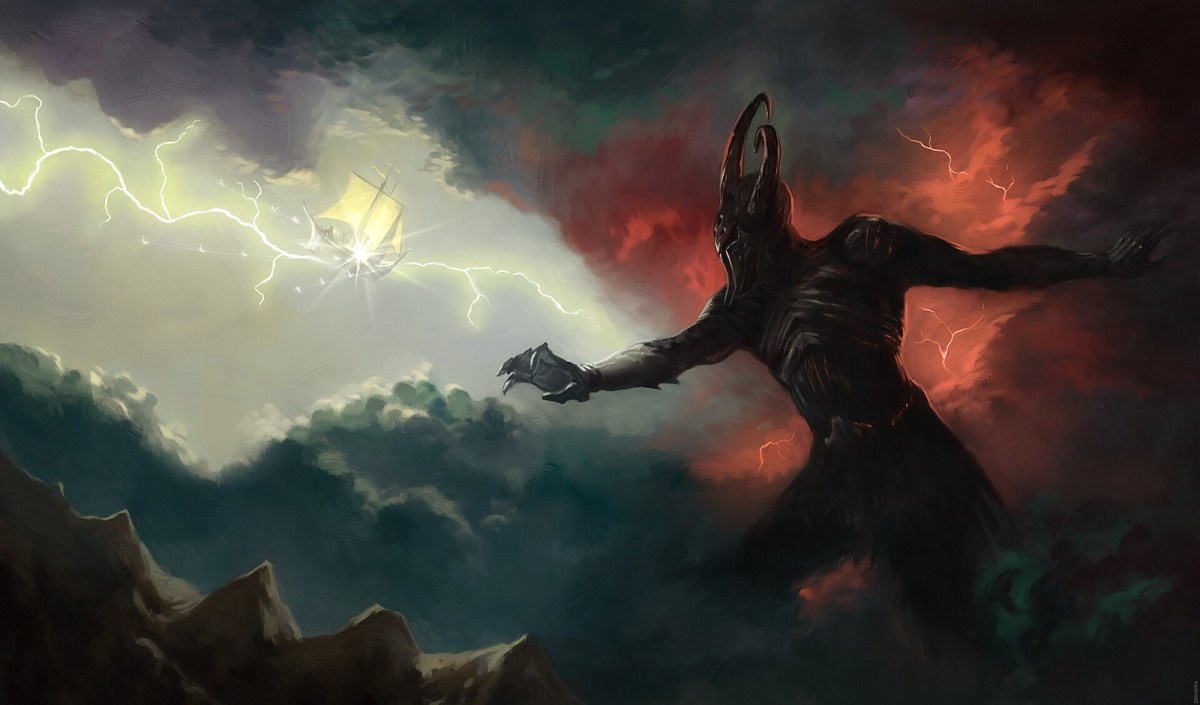
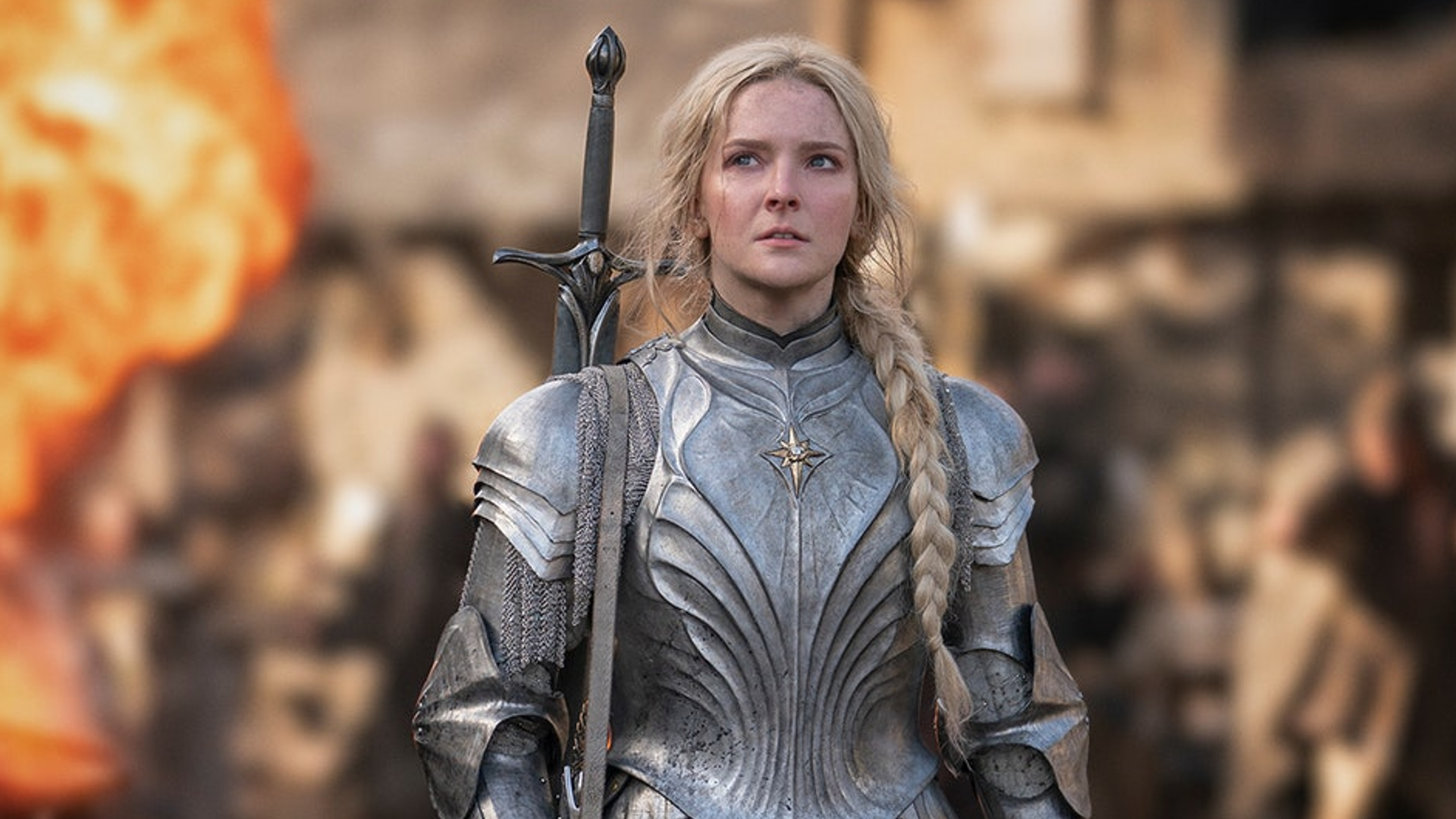
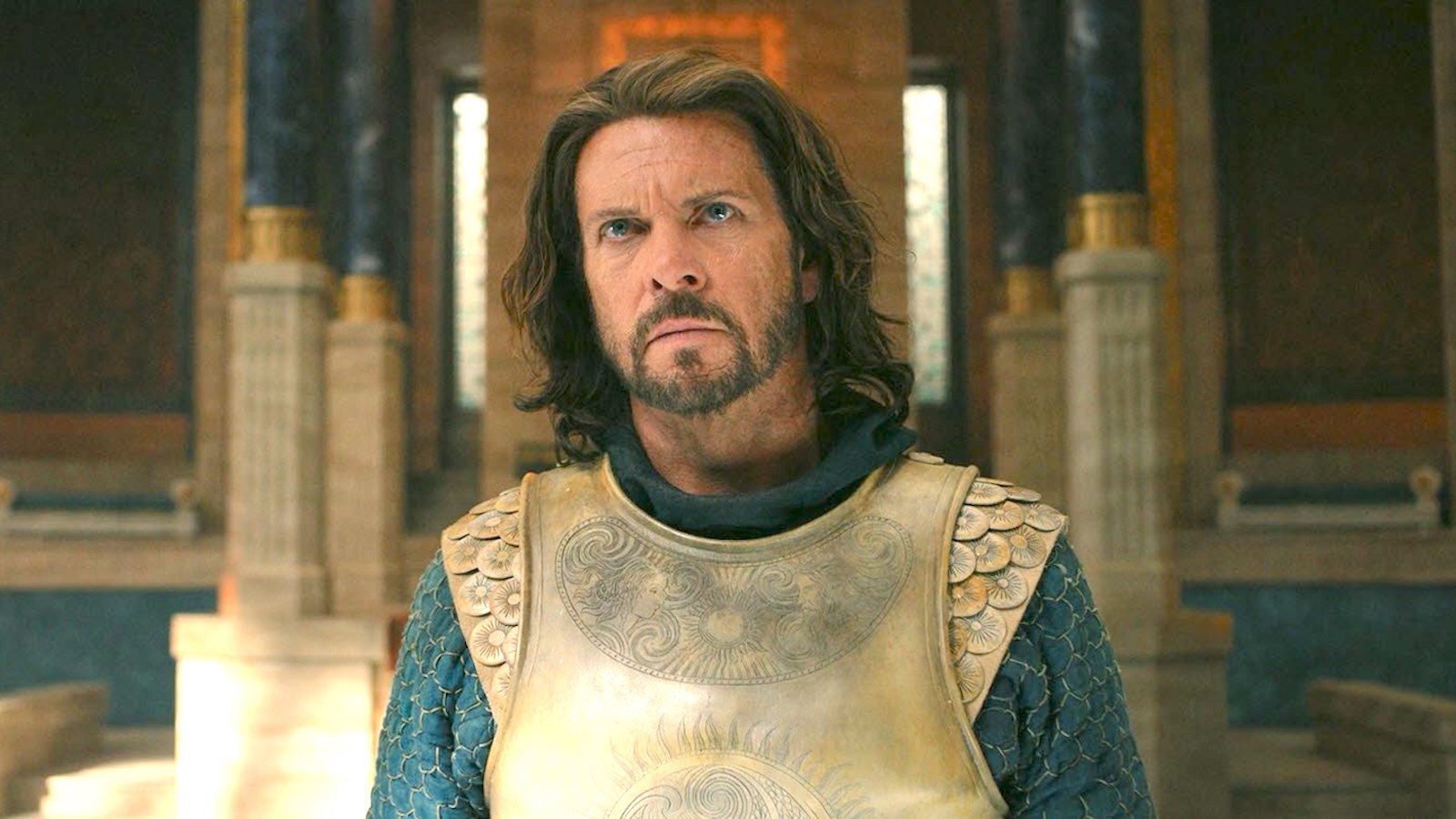
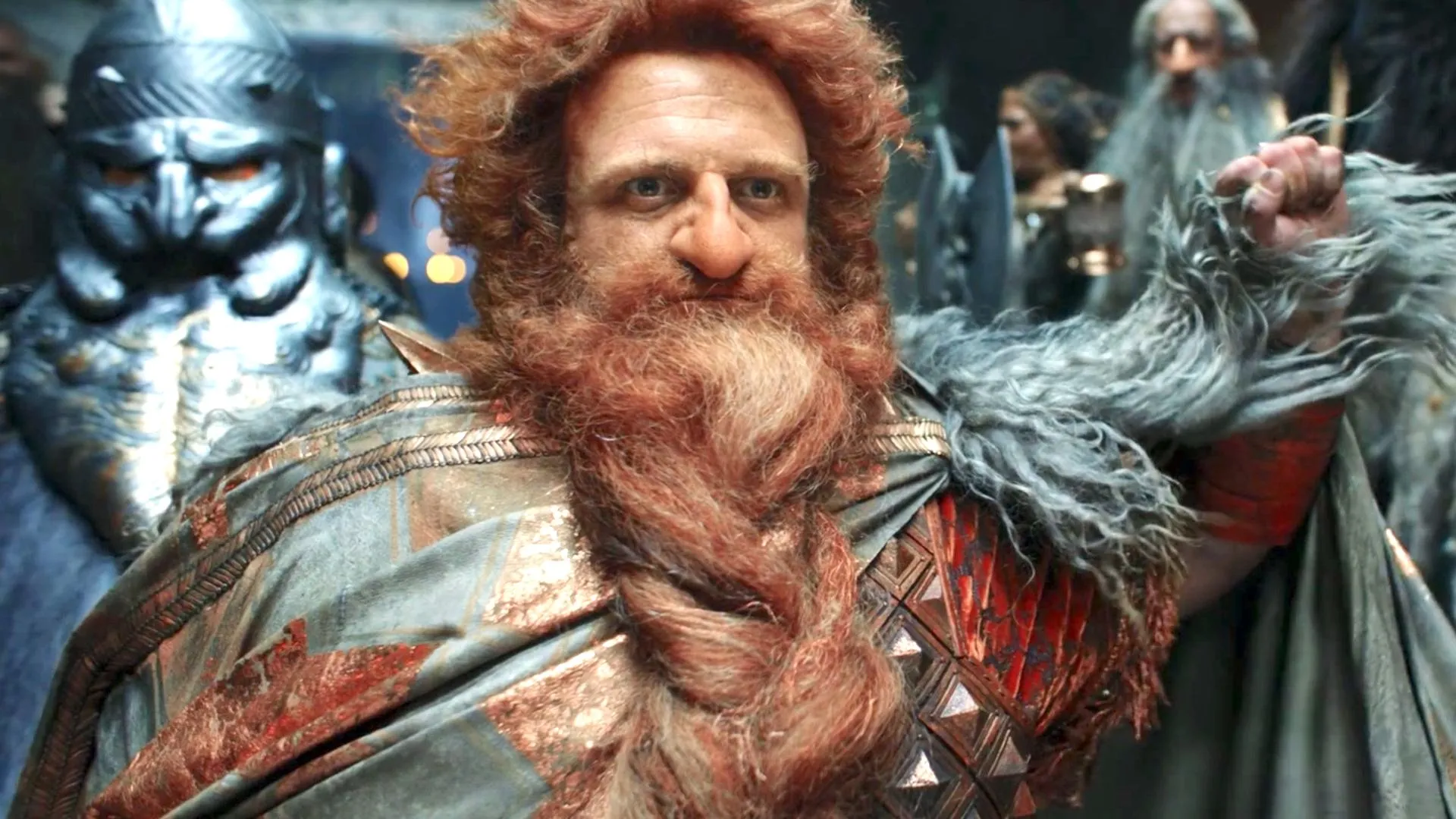
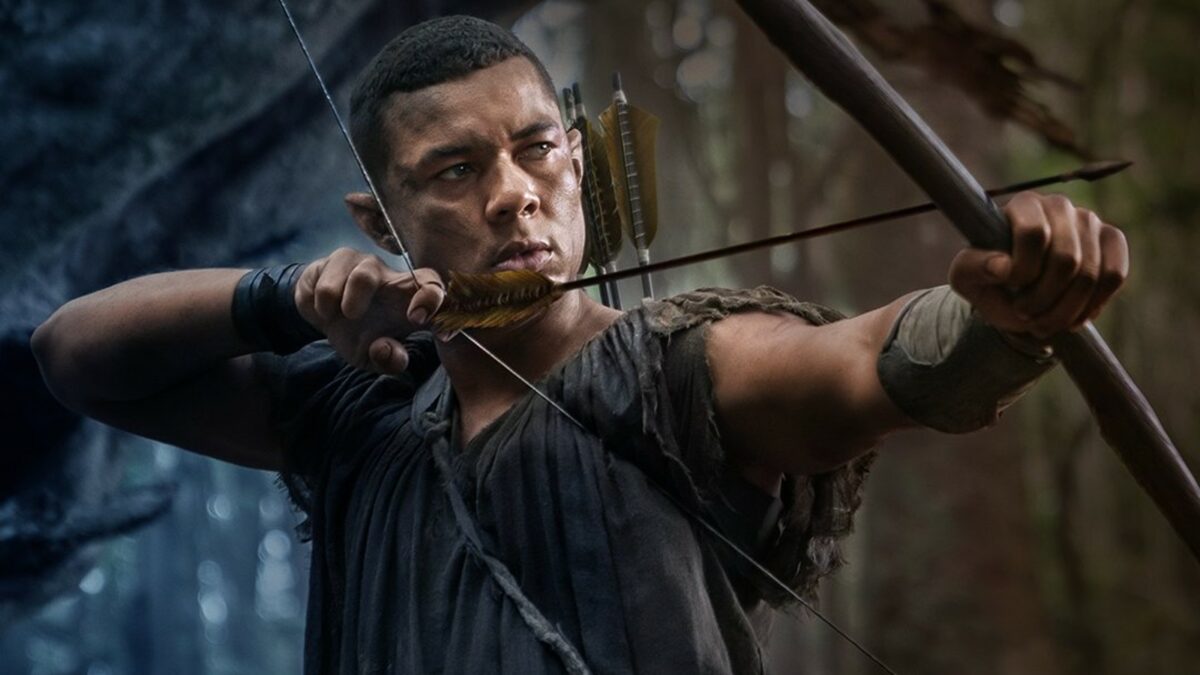

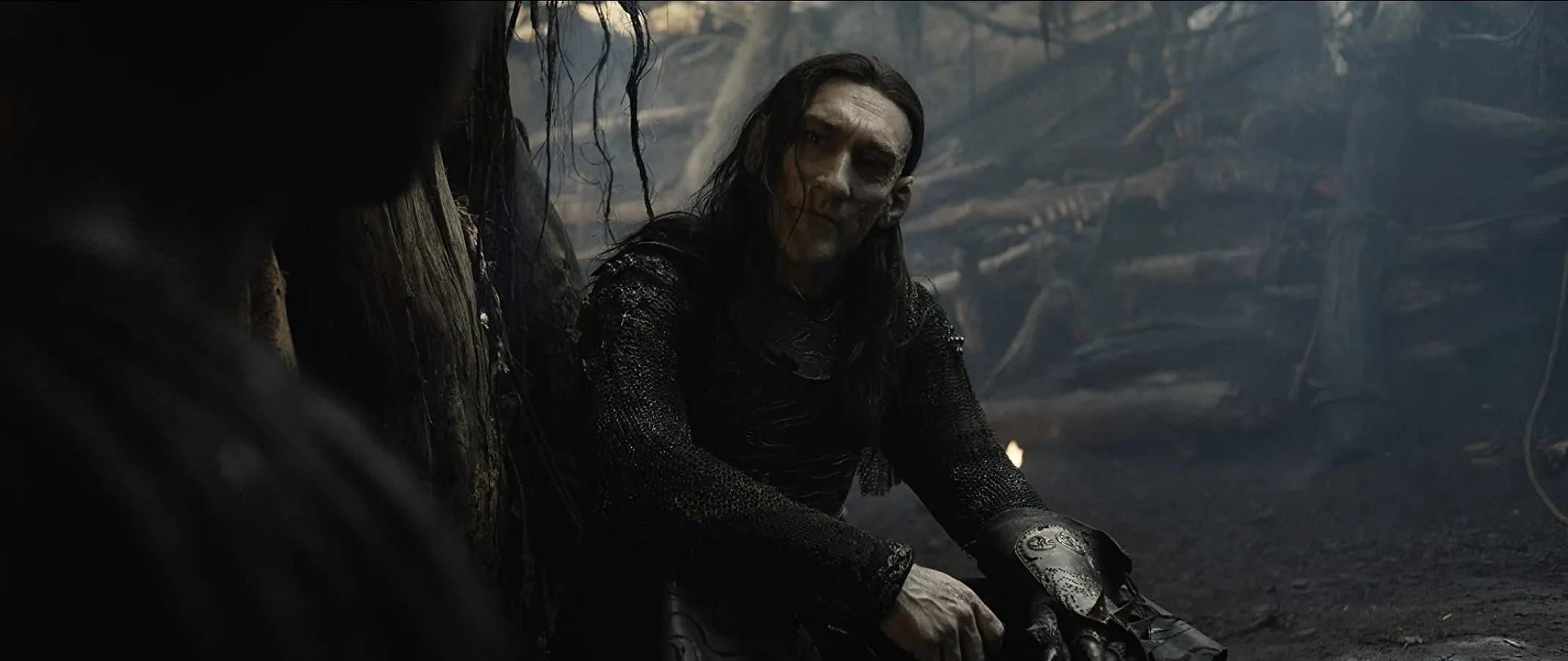
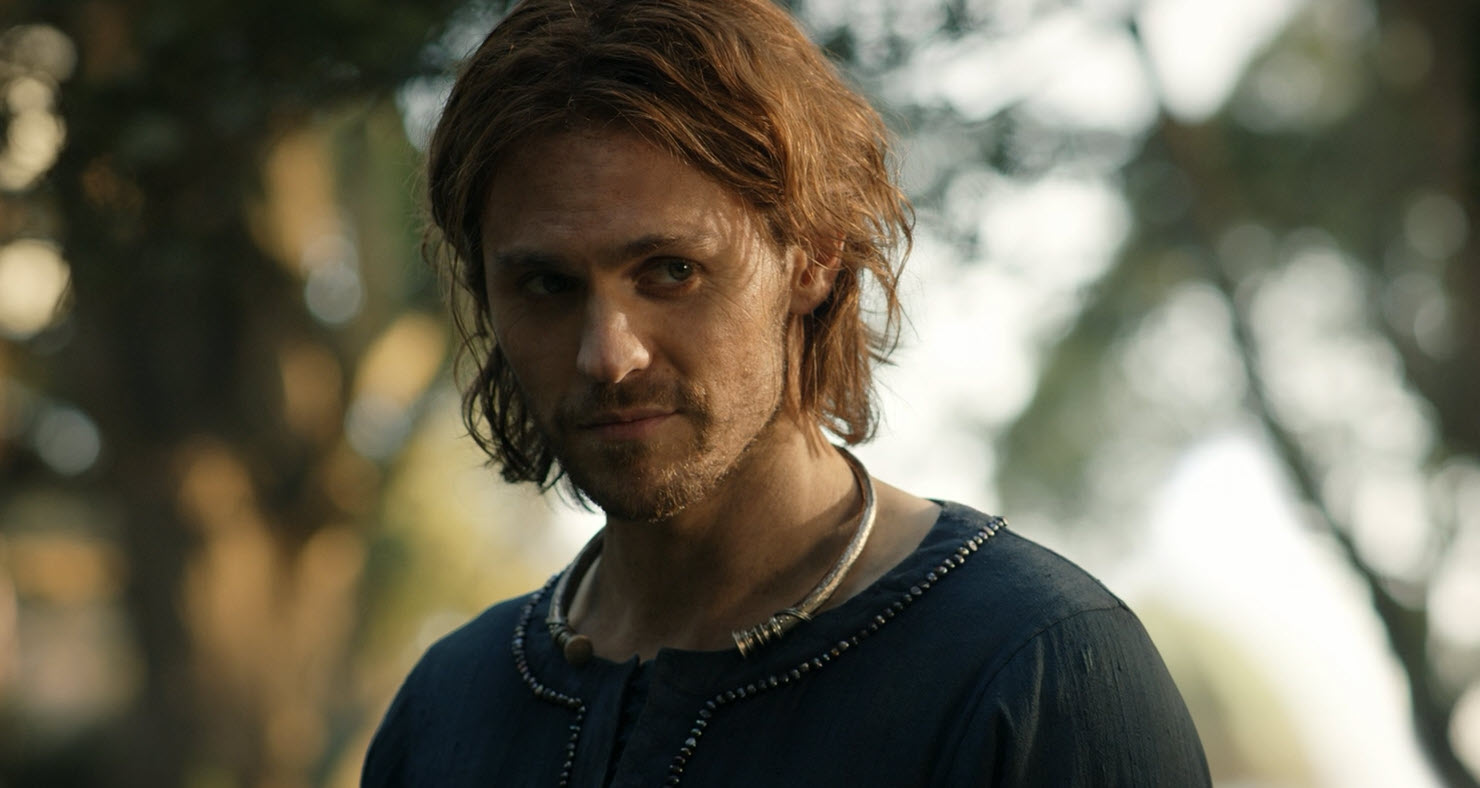
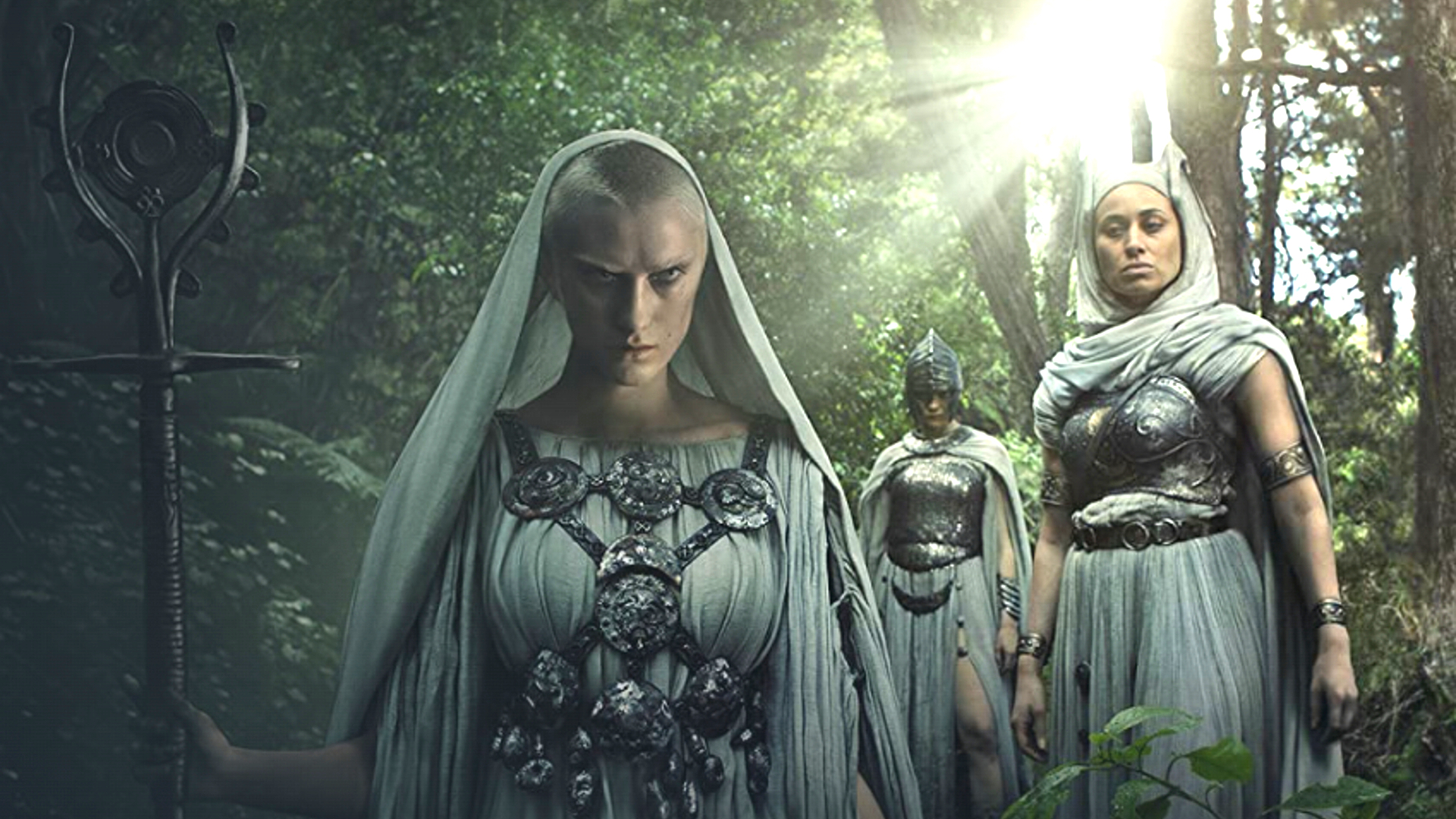
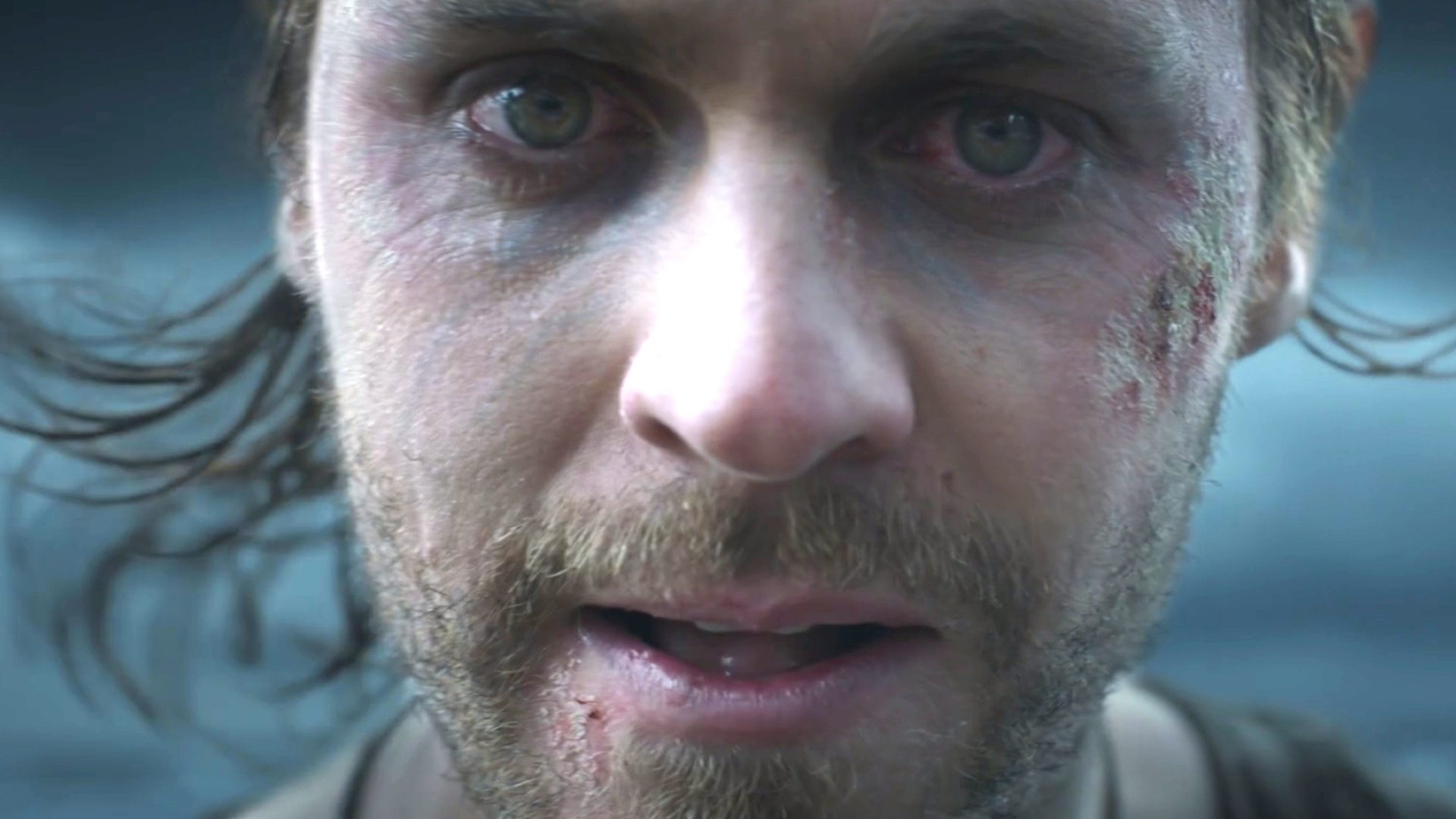


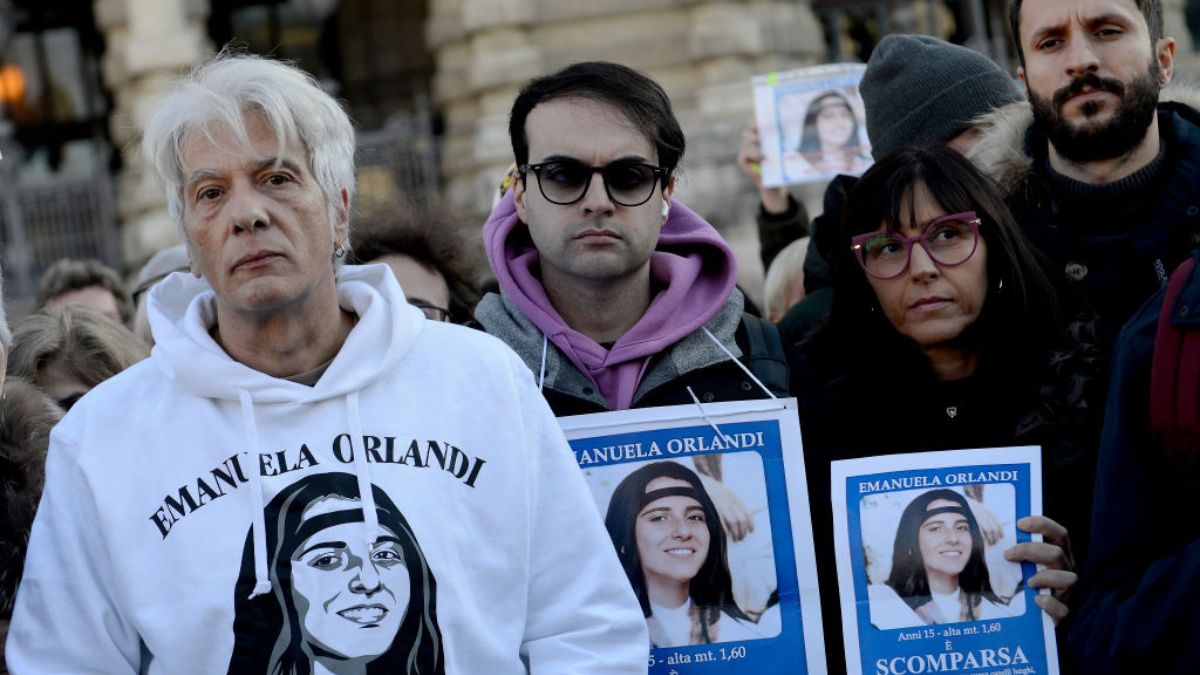





Published: Nov 1, 2022 09:47 am